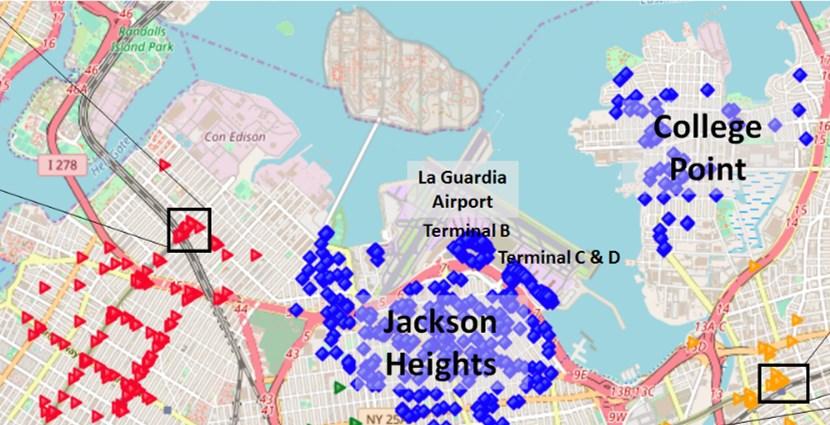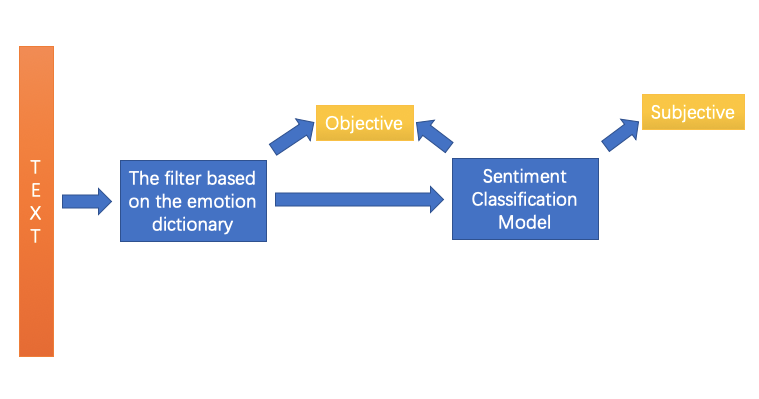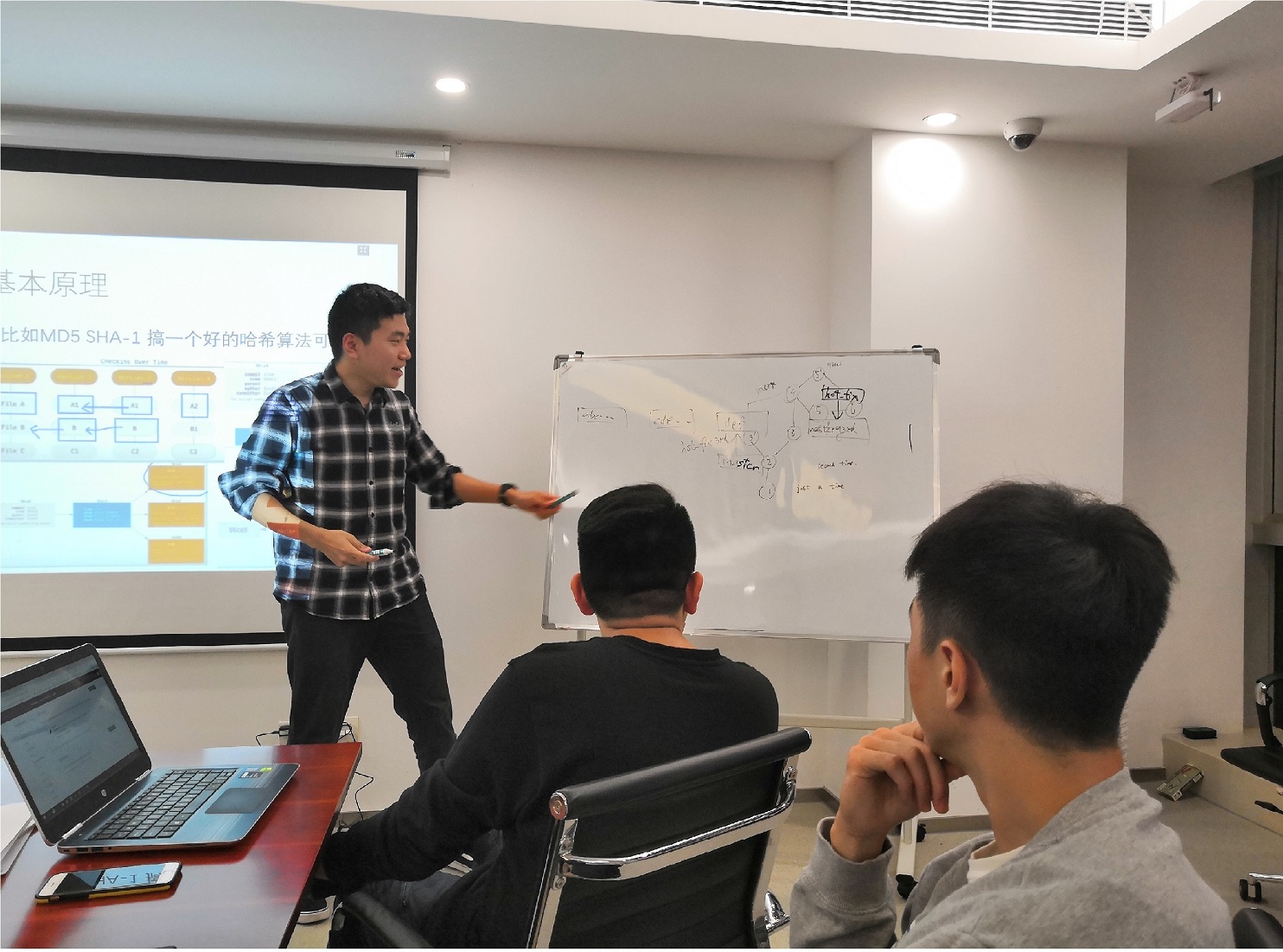Your Research Area Title Introduction This article is a short introduction to your current research. It is equivalent to your several published or under-reviewed papers. In this section, please give a short introduction of your research area. You can use bold or italic formatting for emphasis. If you need a new paragraph, please leave a blank line. If you need to put the pictures. Please name your pictures as fengzhao-talk.
Research

Introduction Task transfer learning is a learning paradigm that leverages the learned representation from a source task to help training a related target task. It is a common practice in computer vision, such as using the features of a pre-trained ImageNet 1000-class classification model on a different image recognition task by fine-tuning it with the new data. This technique has demonstrated superior performance than training without the transferred feature in many fields, such as computer vision, NLP and information systems.

Introduction The surveillance of air pollution is becoming a highly concerned issue for city residents and urban administrators. Due to high cost and demanding maintenance, traditional static monitoring stations cannot achieve large coverage and high spatial resolution on air pollution sensing. To address this problem, apart from official air quality stations, we deployed a sensing system which consists of both mobile and static air quality sensors. This system can provide fine-grained urban air quality sensing data and the enable further data mining and learning tasks.

Introduction With the deployment of ubiquitous sensors, human or vehicle trajectories obtained from call detail records or GPS devices provide abundant information of urban mobility. I have been focusing on understanding and extracting mobility patterns based on taxi GPS data, which could provide insights for traffic management authorities. These work are: Discovering how transportation network companies like Didi and Uber influence taxi industry; Utilizing taxi trip data for customized bus service area design; Partitioning city regions while extracting movement patterns to understand urban mobility.

Information Geometric Characterizations and Applications of Machine Learning Algorithms With the information geometric method from information theory, we build a theoretical framework to analyze features in machine learning algorithms. This framework has revealed the essential connections between information theory and machine learning. In particular, our framework has revealed that the feature extracted in deep neural networks is the most informative feature from the perspective of information theory, which provides a theoretic interpretation of deep neural networks.

Zhihu Sentiment Classification Introduction With the development of the Internet, a large number of users on the Internet have written a lot of text,which contain the people’s sentiment. However, due to the huge amount of text, it is impossible to deal with the amount of text on the Internet only by relying on manual means. So we need a Intelligent algorithm to classify the sentiment of text automatically.
